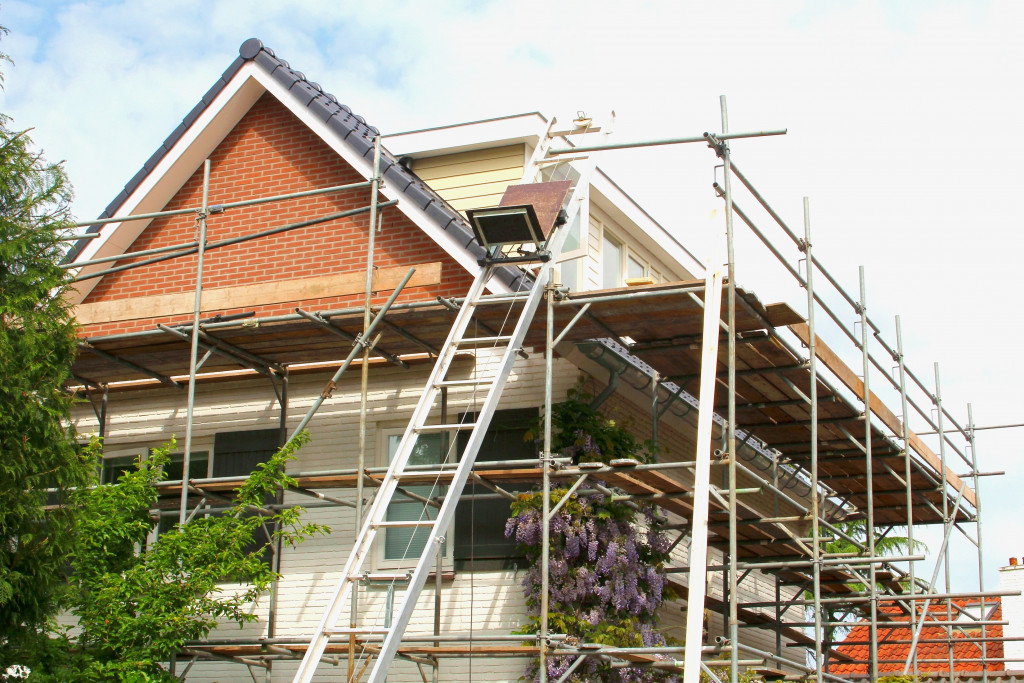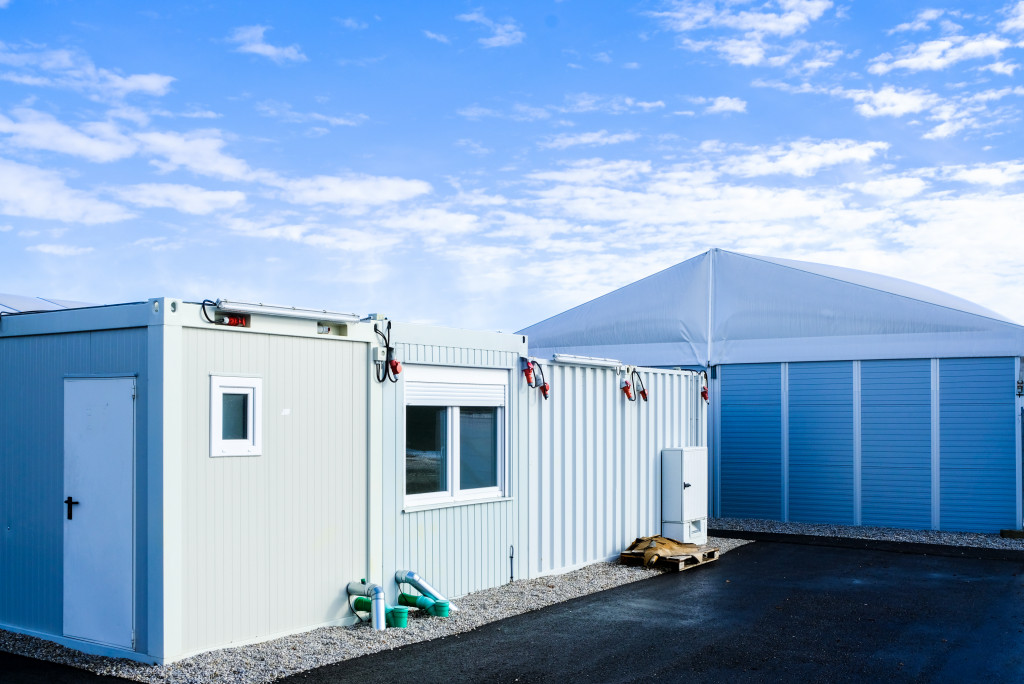The construction industry is one of the essential industries in the United States. It’s responsible for building the homes we live in, the offices we work in, and the infrastructure that keeps our economy running. So it’s no wonder that the industry is worth a trillion dollars.
With this money, the industry is finding ways to become more efficient. One known method is modular construction.
What is Modular Construction?
Modular construction is a process where buildings are constructed off-site in a controlled environment. The individual modules are then transported to the site and assembled. This type of construction has several benefits over traditional methods.
The main benefit of modular construction is that it drastically reduces the construction time. Because the modules are built in a factory, there is no need for on-site construction. As a result, this method can build projects in days or weeks instead of months or years.
In addition, modular construction is much safer than traditional methods. Because the modules are built in a controlled environment, there is less chance for accidents. There is also less noise and dust pollution, which can be a significant nuisance for nearby residents.
Another benefit of modular construction is that it is more sustainable. Because the modules are built in a factory, there is less waste. In addition, the materials used in modular construction are often recycled or reused.
Finally, modular construction is more cost-effective than traditional methods. Because the building process is faster and safer, there is less need for overtime pay or insurance premiums. In addition, because the materials are often recycled or reused, there is less need to purchase new materials.
Traditional Construction
Traditional construction is building a structure on-site from the ground up. This method has been used for centuries and is still the most common form of construction.
There are many benefits to traditional construction. The first of which is the degree of safety requirements that are needed from builders. For example, in the United Kingdom, builders must pass a Construction Skills Certification Scheme (CSCS) test before they can start working on the project. The test requires builders to have mastery over various safety regulations and procedures.

Another advantage of traditional construction is that they can create more customized homes. Because each home is built from the ground up, builders can easily incorporate the homeowner’s specific wants and need into the design. This degree of customization is not possible with modular construction.
Finally, traditional construction is more flexible than modular construction. Because each home is built on-site, builders can easily change the design as the project progresses. This flexibility is not possible with modular construction.
So, Which is Better?
There is no clear answer as to which type of construction is better. It depends on several factors. Let’s first discuss the budget.
Budget
With the prices of traditional homes skyrocketing, it’s clear that modular homes are cheaper. There are many reasons for this, the first being that modular homes are primarily built through automated processes. Another reason is that modular homes use inexpensive materials, such as recycled metal and wood.
Traditional homes require manpower which can add up to the cost. Materials can also be expensive depending on the needs of the project.
Construction Time
As we mentioned earlier, modular construction is much faster than traditional construction. Parts are pre-made, delivered, and assembled in a matter of months.
On the other hand, traditional construction requires builders to work on-site from the ground up. As a result, it can take a considerable amount of time, depending on the size and complexity of the project.
Safety
Modular construction is generally considered to be safer than traditional construction. This is because modules are built in a factory under controlled conditions. There is less chance of accidents, noise pollution, and dust pollution.
Traditional construction sites can be dangerous places. Builders often work with heavy machinery and materials, which can lead to accidents. In addition, conventional construction sites are often noisy and dusty, which can be a nuisance for nearby residents.
Flexibility
It might seem that modular homes have more advantages than traditional homes. However, modular homes don’t have the same degree of flexibility as traditional homes. In addition, pre-made fabrication makes it challenging to change the design once the construction process has begun.
Traditional homes can’t be built on the fly, with changes that builders can easily make as the construction project goes on. This flexibility can be advantageous for homeowners who want to make changes to the design of their homes.
So, Which is Better?
The answer to this question depends on a number of factors, such as budget, construction time, safety, and flexibility. If you’re looking for a cheap and fast option, then modular construction is the way to go. However, traditional construction is the better choice if you’re looking for a more flexible and customizable option. So choose the right one for your lifestyle and earnings.




